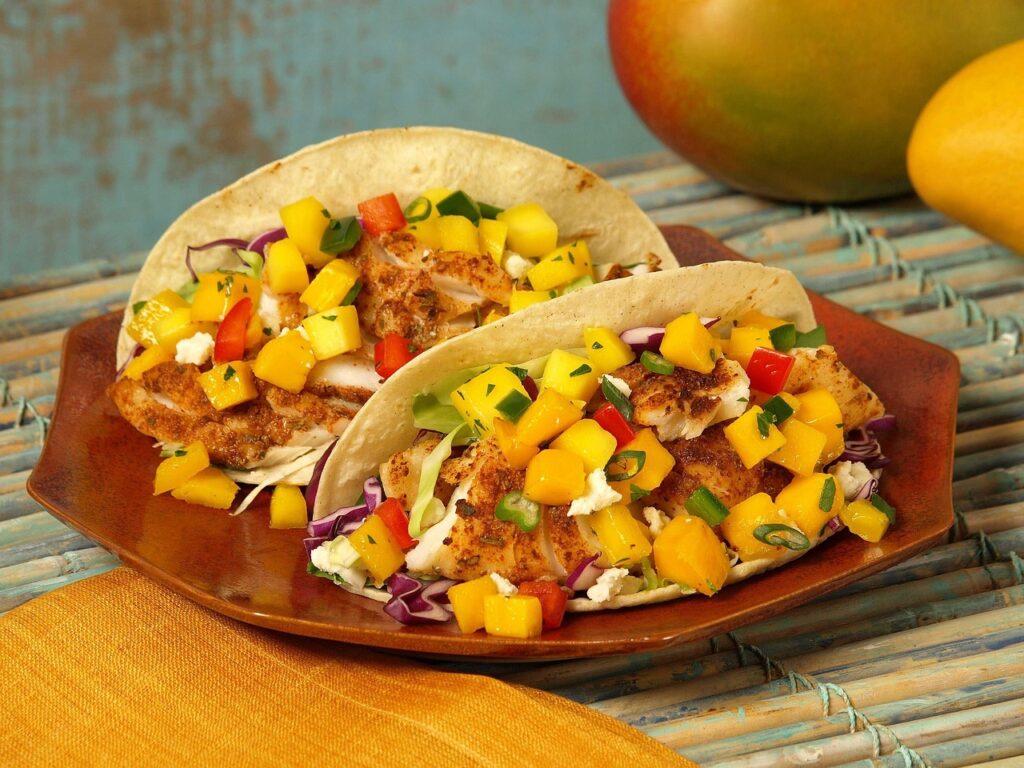
You can learn a lot about a country just by tasting its food. Traditional dishes tell stories of history, geography, and family life—and cooking them at home brings those stories into your kitchen. Whether you’re craving comfort or something completely new, these global dishes offer flavor with meaning. Try one, and you might feel like you’ve traveled somewhere far away.
Cook Italian Lasagna Like a Local
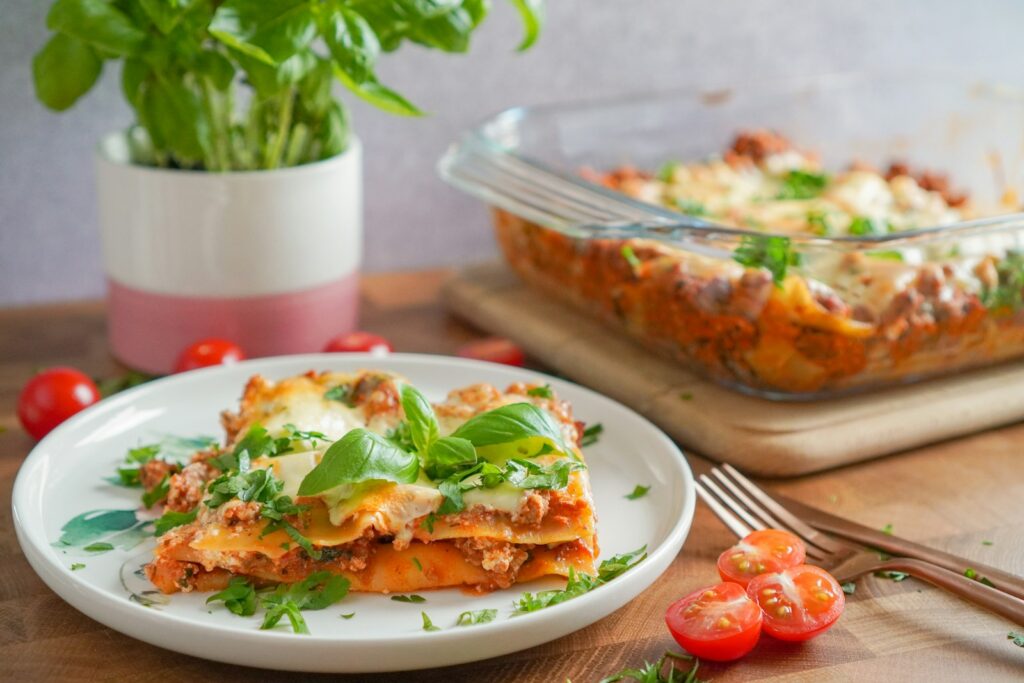
Lasagna goes back centuries in Italy, but it wasn’t always a tomato-based dish. The earliest versions were made in Naples with layers of pasta, meat, and cheese long before tomatoes became common in Italian cooking. Today, it’s a symbol of family meals and Sunday gatherings. Making lasagna at home lets you take part in a tradition that’s always about love, layers, and time spent together.
Try Japanese Chicken Teriyaki at Home
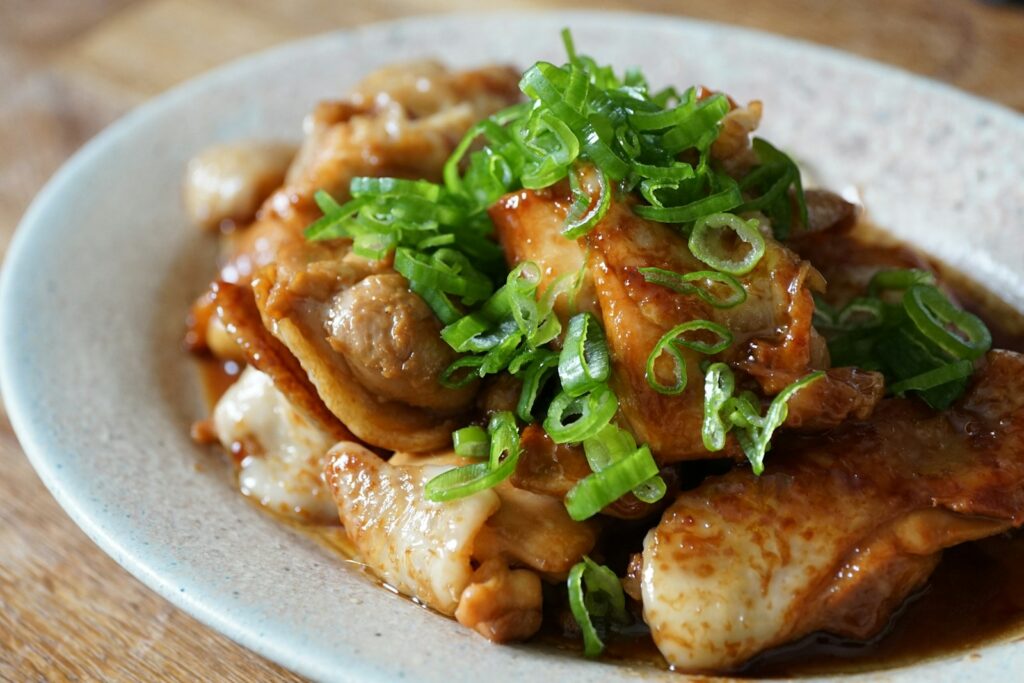
Although many people associate teriyaki with modern Japanese takeout, the cooking style dates back to the 1600s. “Teri” means shine, and “yaki” means grill, together describing a glossy, grilled method that highlights natural sweetness. In Japan, teriyaki is usually simple and served with fish, not just chicken. Cooking it at home gives you a glimpse into a style of food that values balance, beauty, and restraint.
Make Indian Butter Chicken with Rice
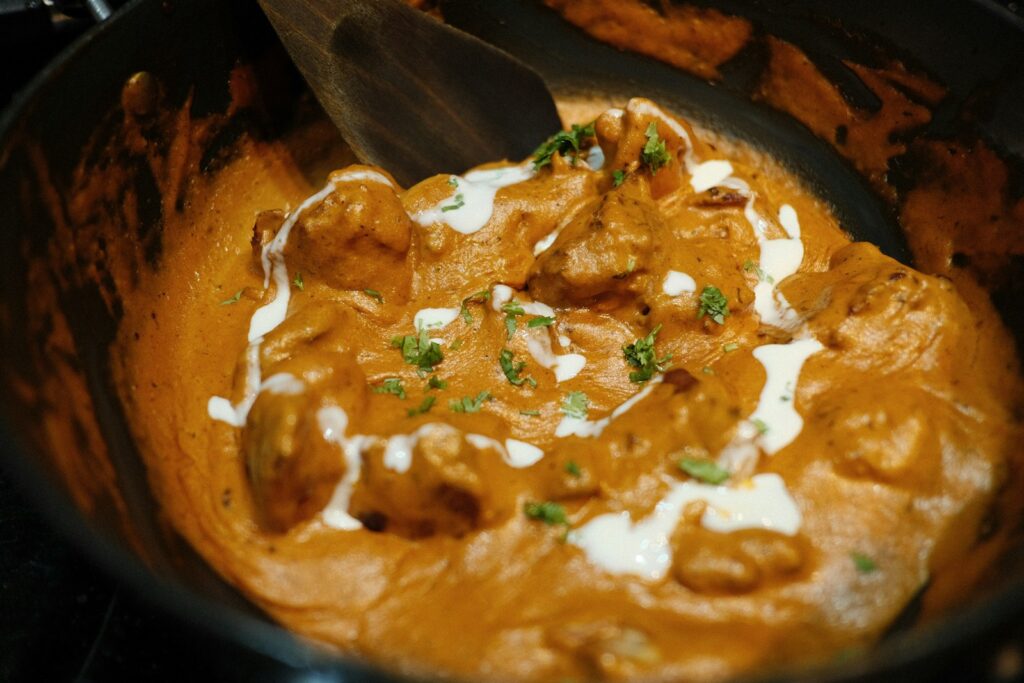
Butter chicken was actually invented in Delhi in the 1950s by a chef trying to use leftover tandoori chicken. He simmered it in a tomato-cream sauce—and the rest is history. It’s one of the few Indian dishes that became a global favorite, especially among those new to Indian spices. Cooking it at home connects you to a modern Indian creation that still feels timeless.
Cook French Ratatouille with Crusty Bread
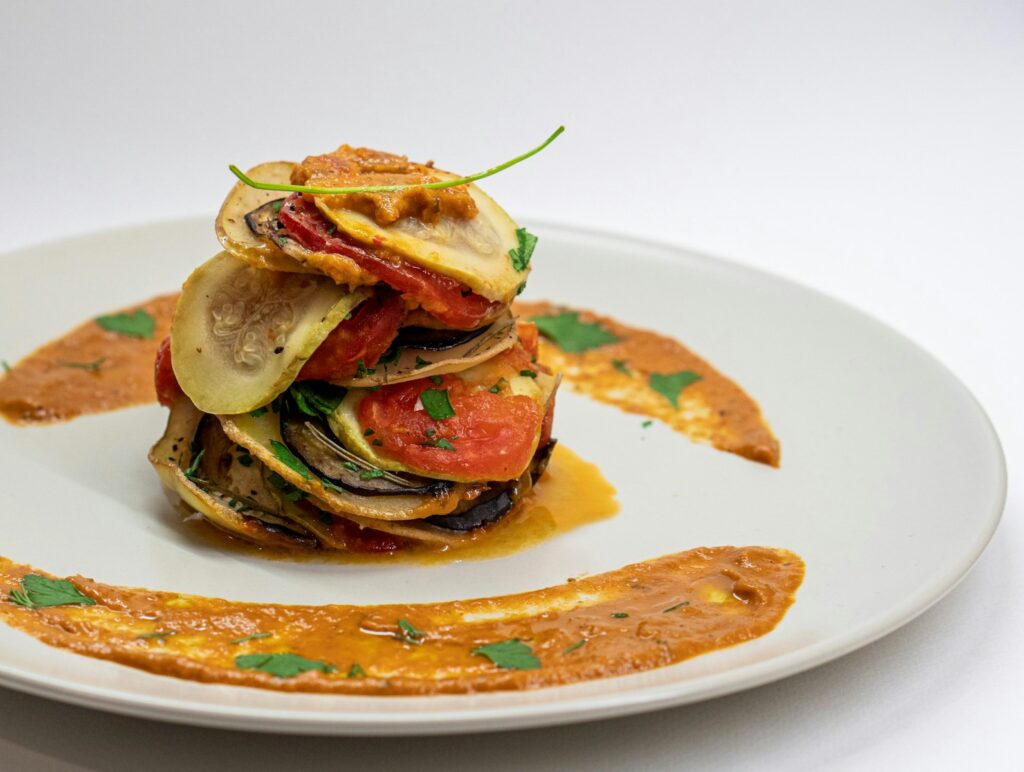
Ratatouille comes from Provence, a sun-soaked region in southern France where vegetables grow in abundance. The dish started as a humble farmer’s stew—something made from whatever was ripe in the garden. Over time, it became a rustic symbol of French home cooking. When you make it at home, you’re tasting the countryside itself—simple ingredients layered with history, sun, and a little elegance.
Serve Mexican Tacos with All the Fixings
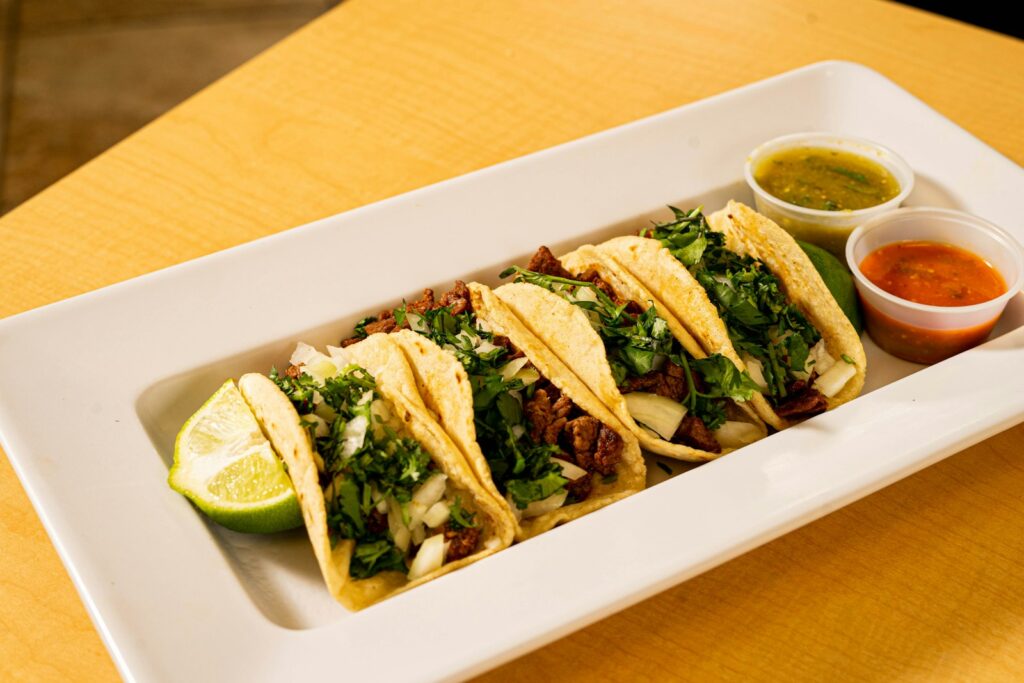
Tacos go back to pre-Columbian times when indigenous people wrapped food in corn tortillas as a portable meal. The modern taco has evolved with regional twists—from al pastor in Mexico City to fish tacos in Baja. In Mexican culture, tacos are everyday food, not just party fare. Building your own at home brings a sense of joy, creativity, and casual celebration to any meal.
Try Moroccan Chicken Tagine with Couscous
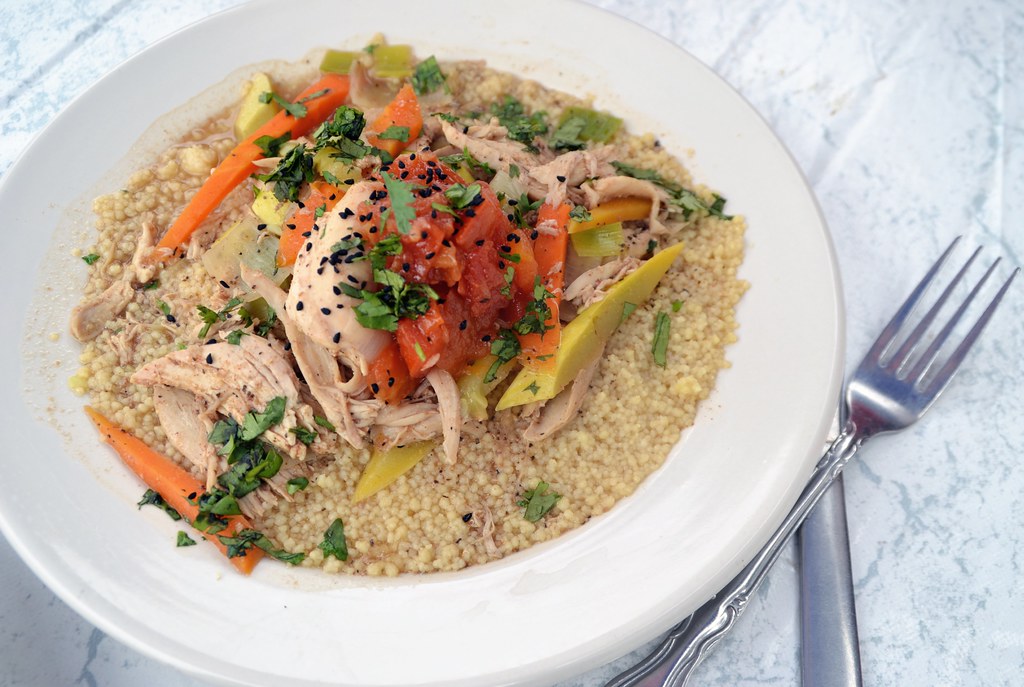
Tagine isn’t just a dish—it’s also the name of the pot in which you make it, with a cone-shaped lid that helps steam circulate. Originating in North Africa, this slow-cooked meal was traditionally made by nomads over coals. Its spices reflect centuries of trade and influence from Arab, Berber, and Mediterranean cultures. When you make it at home, you’re bringing an ancient cooking method to life.
Make Thai Green Curry with Jasmine Rice
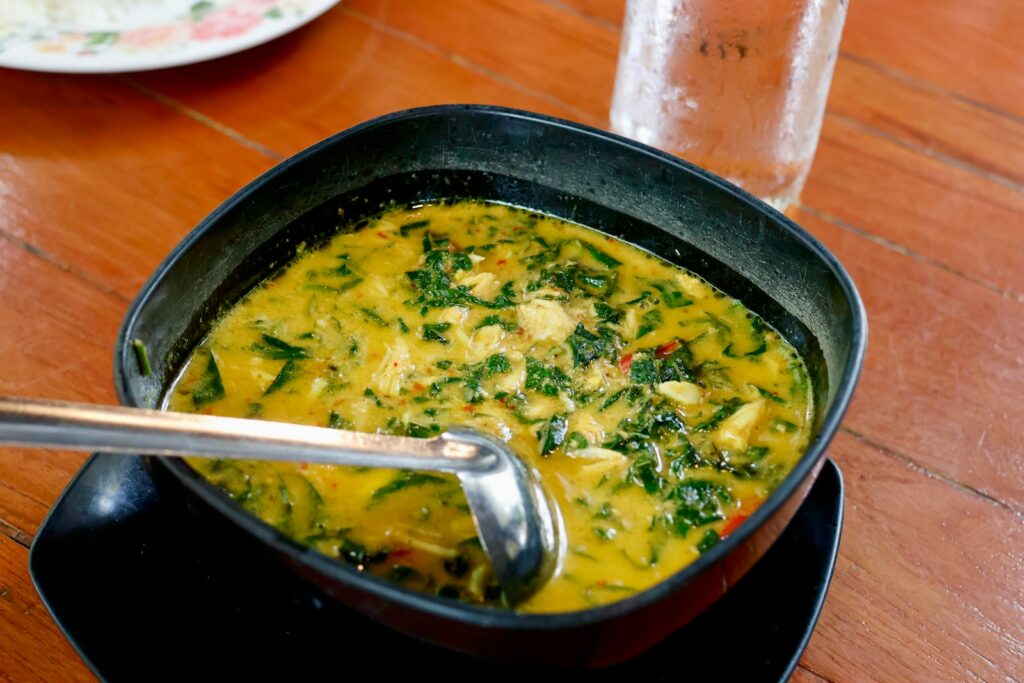
Green curry blends heat, sweetness, and herbal freshness in a way that reflects Thai cuisine’s focus on balance. Thai curries originated in royal kitchens long before they became a popular street food. Green curry is known for its bright color and bold flavors. Cooking it at home introduces you to Thailand’s deep culinary roots, where harmony on the plate is key.
Cook Greek Moussaka with Eggplant and Beef
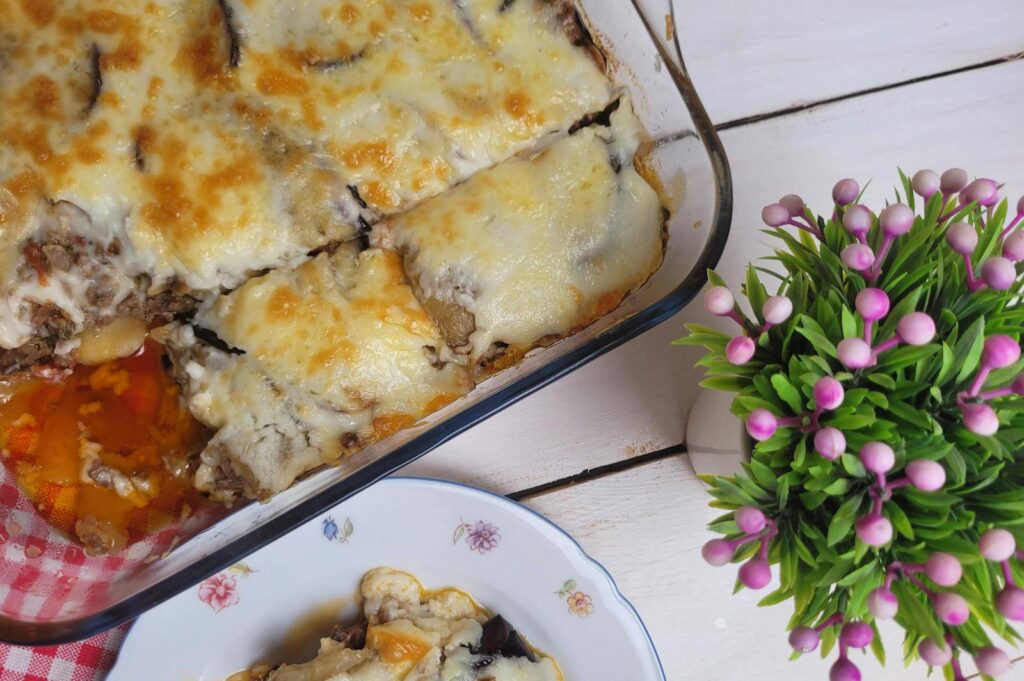
Moussaka is one of Greece’s most famous dishes. The version we know (with béchamel topping) was popular in the 1920s, created by a Greek chef trained in France. Moussaka is rich and layered like lasagna, but with Mediterranean flavors and textures. It’s filling and comforting, great for dinner when you want something a little different. Serve it with a very simple salad, and it feels like you’re dining on a Greek island (almost).
Try Korean Bibimbap with a Fried Egg on Top
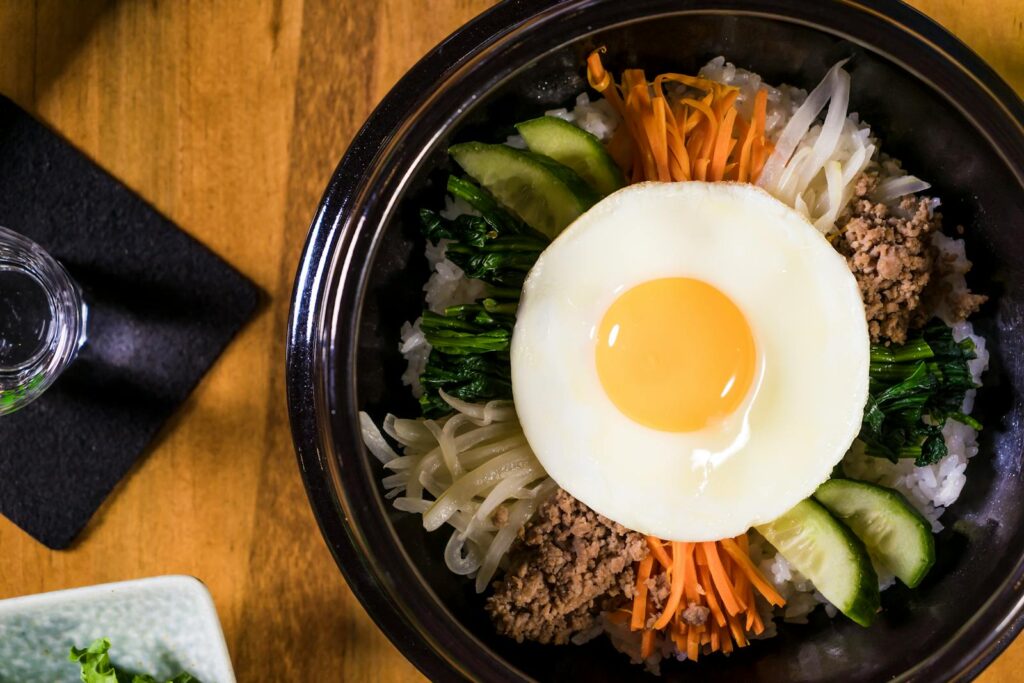
Bibimbap means “mixed rice” and has roots in Korea’s rural traditions, where farmers would mix leftover side dishes in one bowl. It became a popular comfort food, even earning a place on fine-dining menus. Today, it’s a symbol of Korean culture, where color, texture, and temperature all matter. Making this meal is very easy, as you can swap ingredients based on what you have.
Make Lebanese Falafel with Hummus and Pita
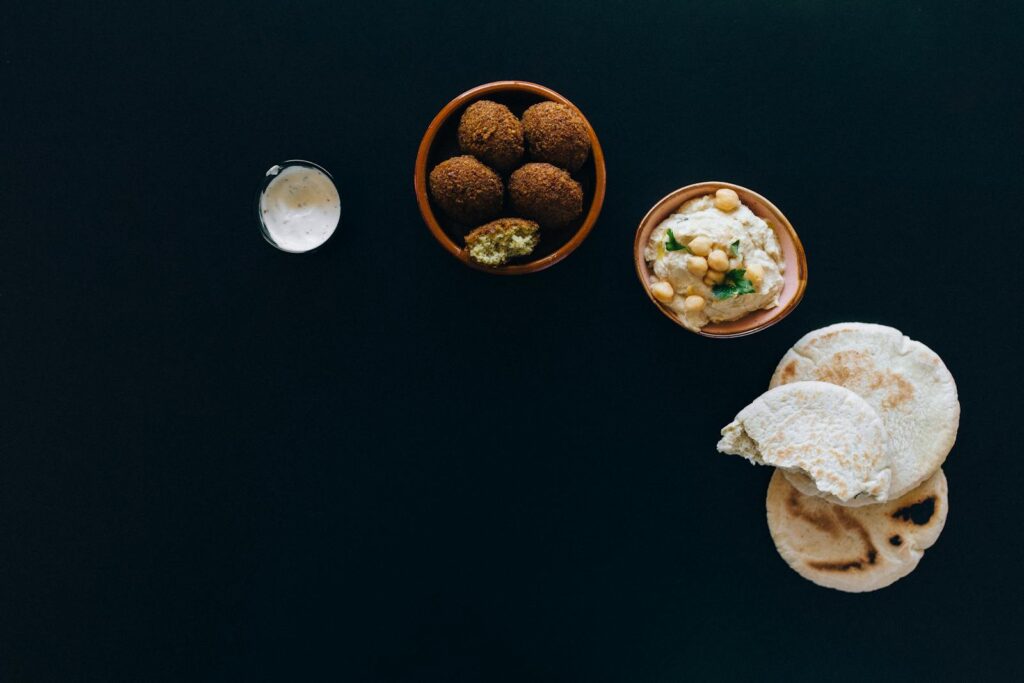
Falafel likely originated in Egypt and spread throughout the Middle East over centuries, becoming especially beloved in Lebanon and Israel. These crispy chickpea balls were once street food for workers who needed something cheap and filling. Now, they’re eaten everywhere—from late-night snacks to holiday tables. When you make falafel at home, you’re carrying on a tradition that’s both humble and very flavorful.
Cook Chinese Dumplings from Scratch
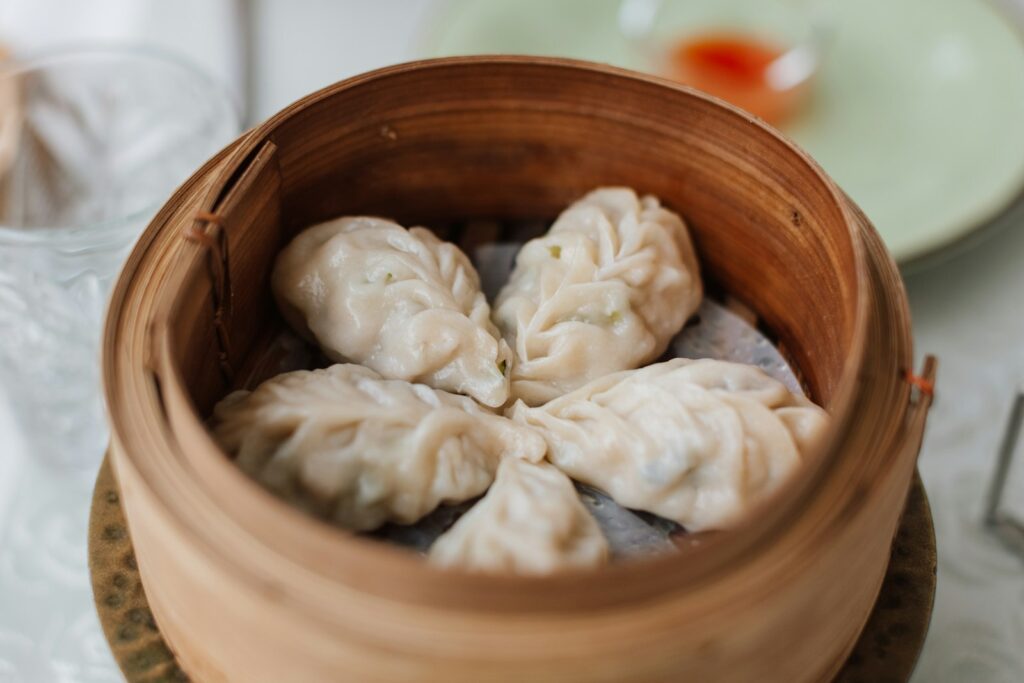
Dumplings are more than a comfort food in China. They’re a big symbol of prosperity and luck, especially during the Lunar New Year. Families gather to fold them together, and their shape is said to resemble ancient gold ingots. Every region has its version, with different fillings and folding styles. Making dumplings by hand brings people together and connects you to a tradition that’s centuries old.
Serve Spanish Paella with Saffron Rice
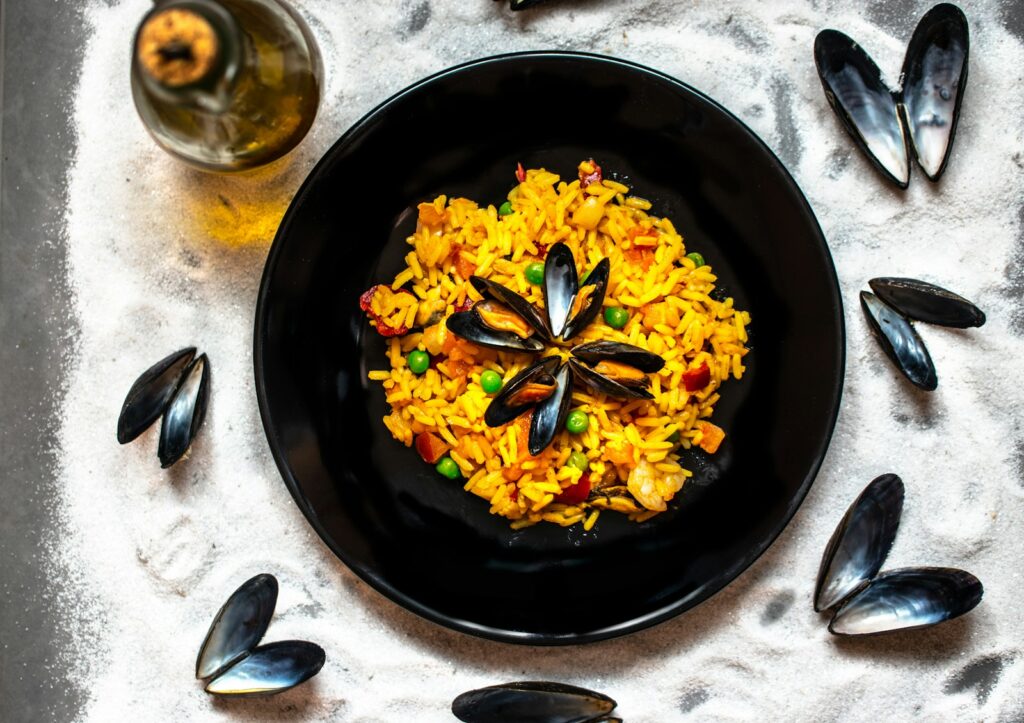
Paella began as a meal for farmers and laborers in Valencia, cooked over open fires using whatever was available—usually rice, beans, and snails. Seafood versions came later as the dish spread to coastal areas. The saffron-colored rice and crispy bottom crust, called socarrat, are still its defining features. When you cook paella, you’re honoring a communal dish meant to be shared and savored slowly.
Make German Bratwurst with Sauerkraut
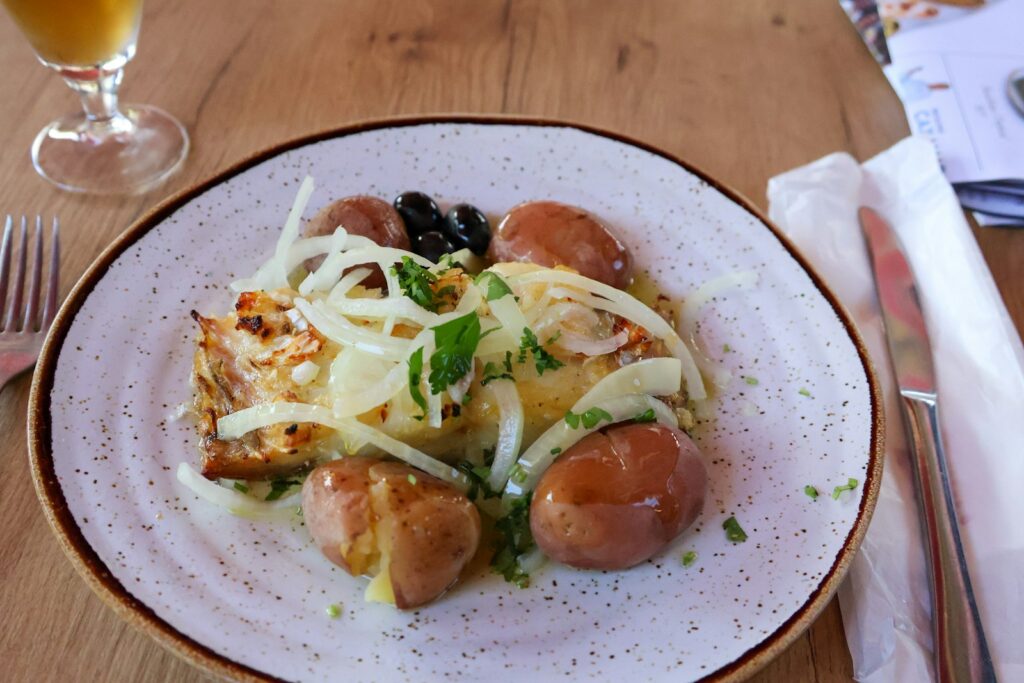
Bratwurst has roots in medieval Germany, where butchers crafted sausages to preserve meat and use every part of the animal. Each region developed its version, with different spices and textures. Sauerkraut, often present with this dish, gives a tart balance and a way to get through long winters. When you prepare bratwurst at home, you’re digging into a hearty tradition that values resourcefulness and flavor.
Cook Jamaican Jerk Chicken with Rice and Peas
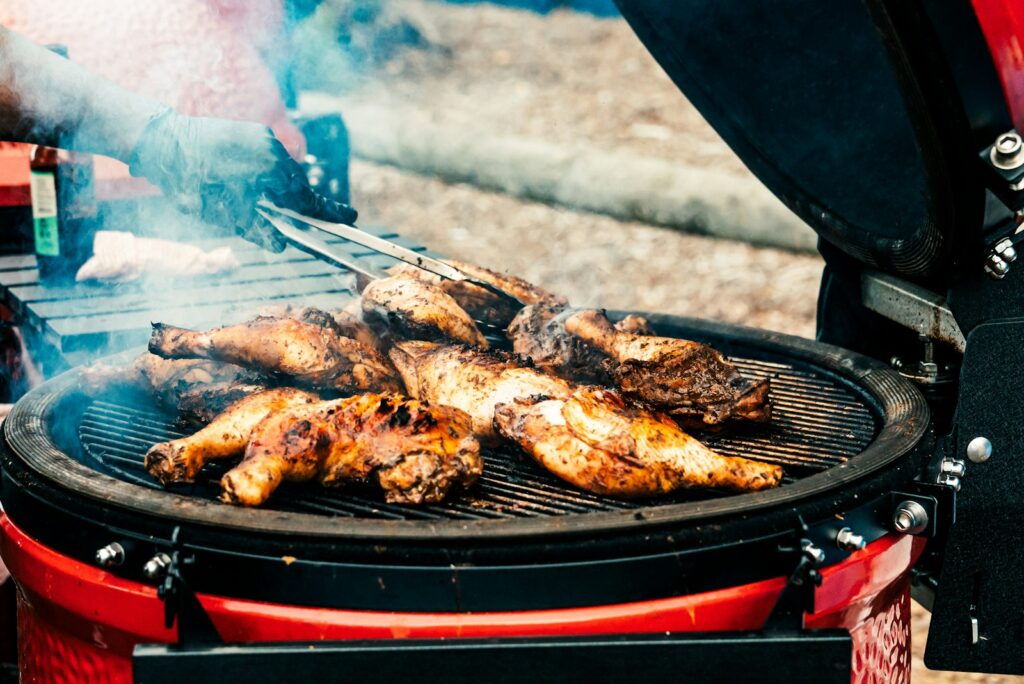
Jerk cooking comes from the Maroons, Africans who escaped slavery in Jamaica and developed their food traditions in the mountains. They used local spices, Scotch bonnet peppers, and slow smoking to preserve meat. Jerk chicken is more than a dish—it’s a story of resilience and freedom. When you grill it at home, you’re tasting bold flavors shaped by history and survival.
Try Swedish Meatballs with Creamy Gravy
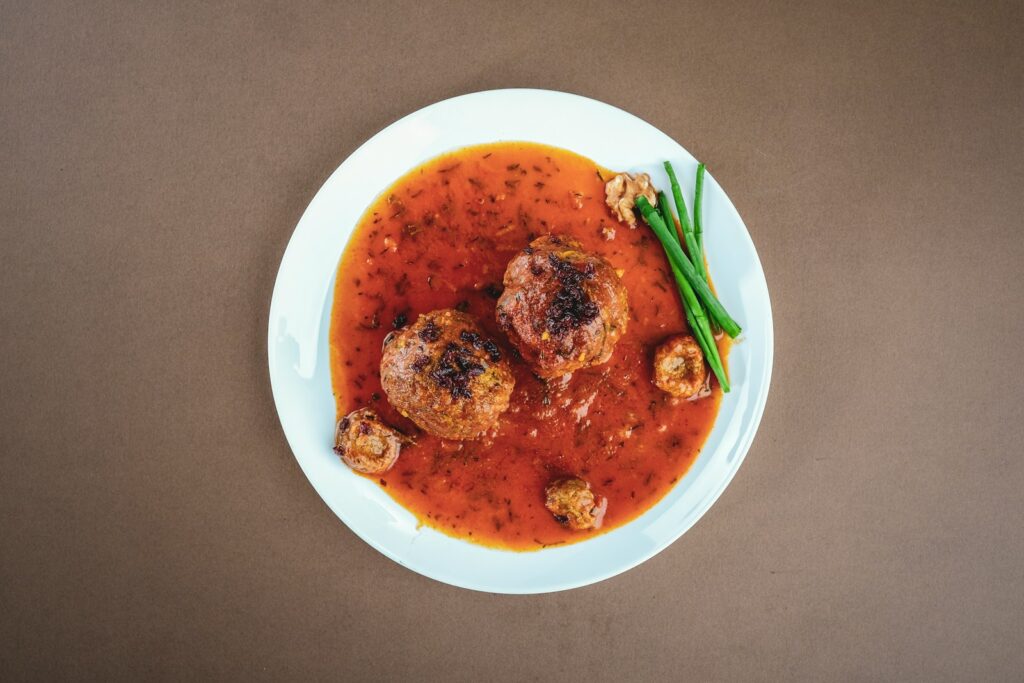
Swedish meatballs aren’t just a furniture-store favorite—they go back to the 18th century, when King Charles XII brought the idea from Turkey. Over time, the Swedes made them their own, pairing them with cream sauce and lingonberries. These meatballs now represent Swedish hospitality and tradition. Making them at home is very simple, but the experience feels rich, just like the gravy that ties it all together.
Leave a comment